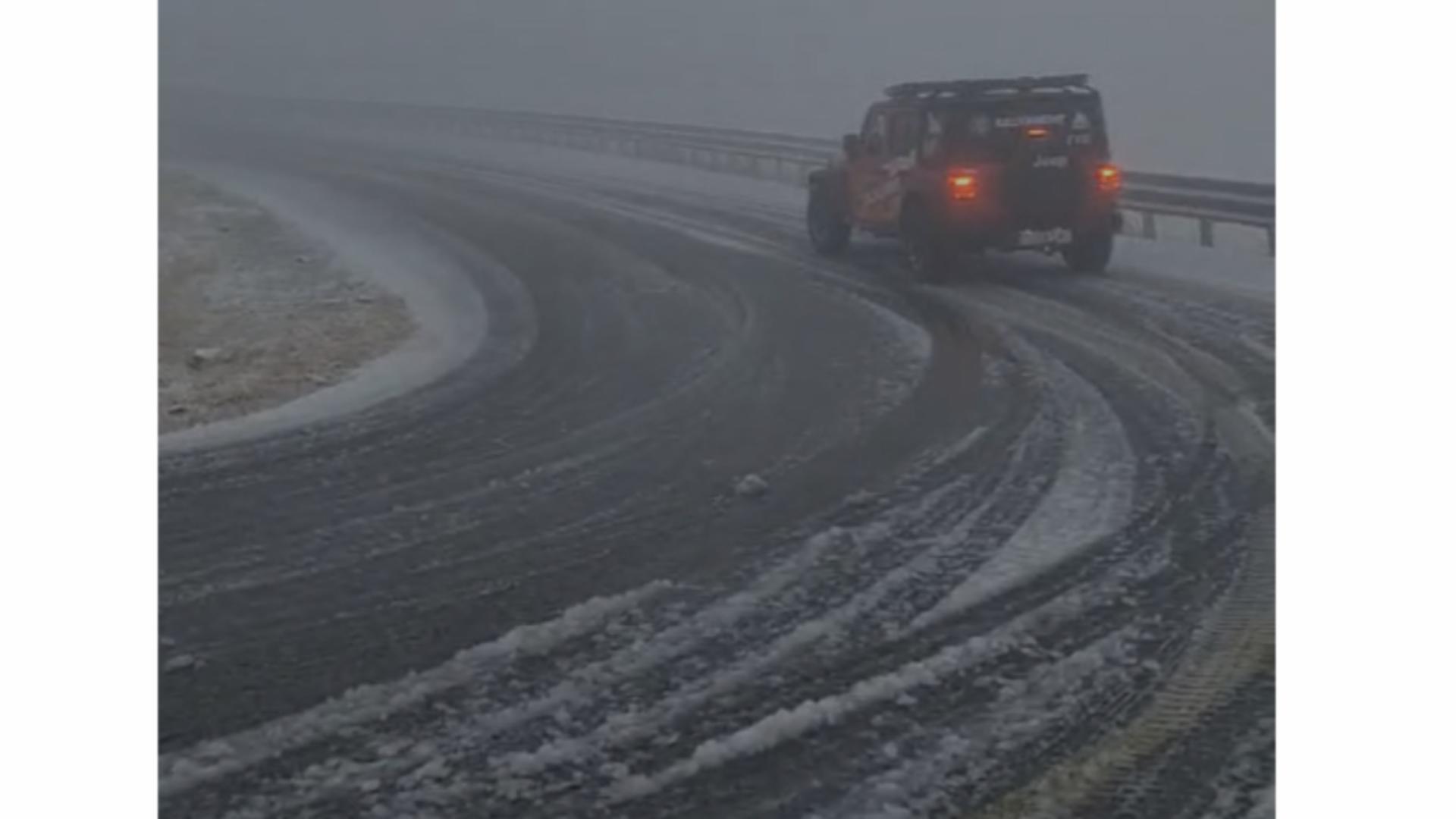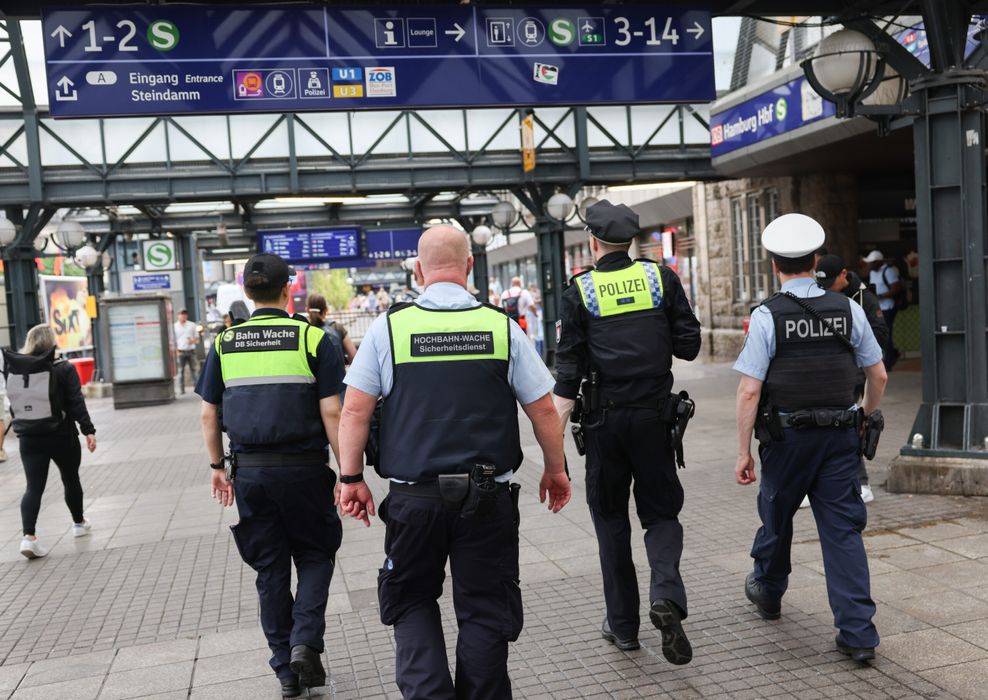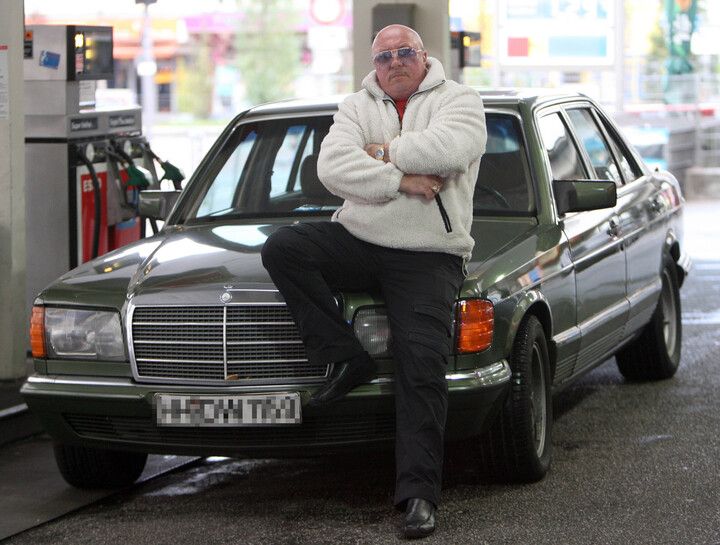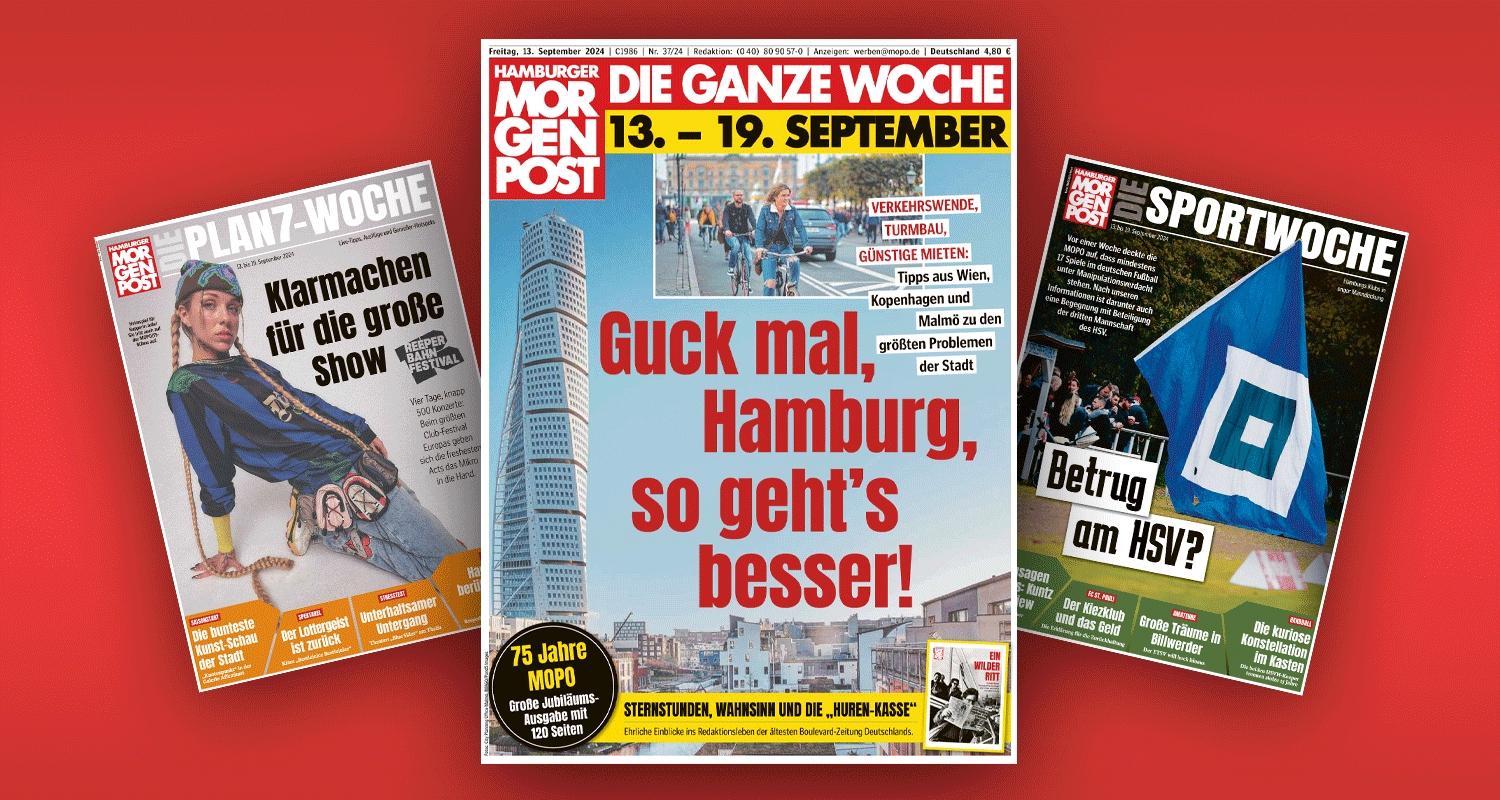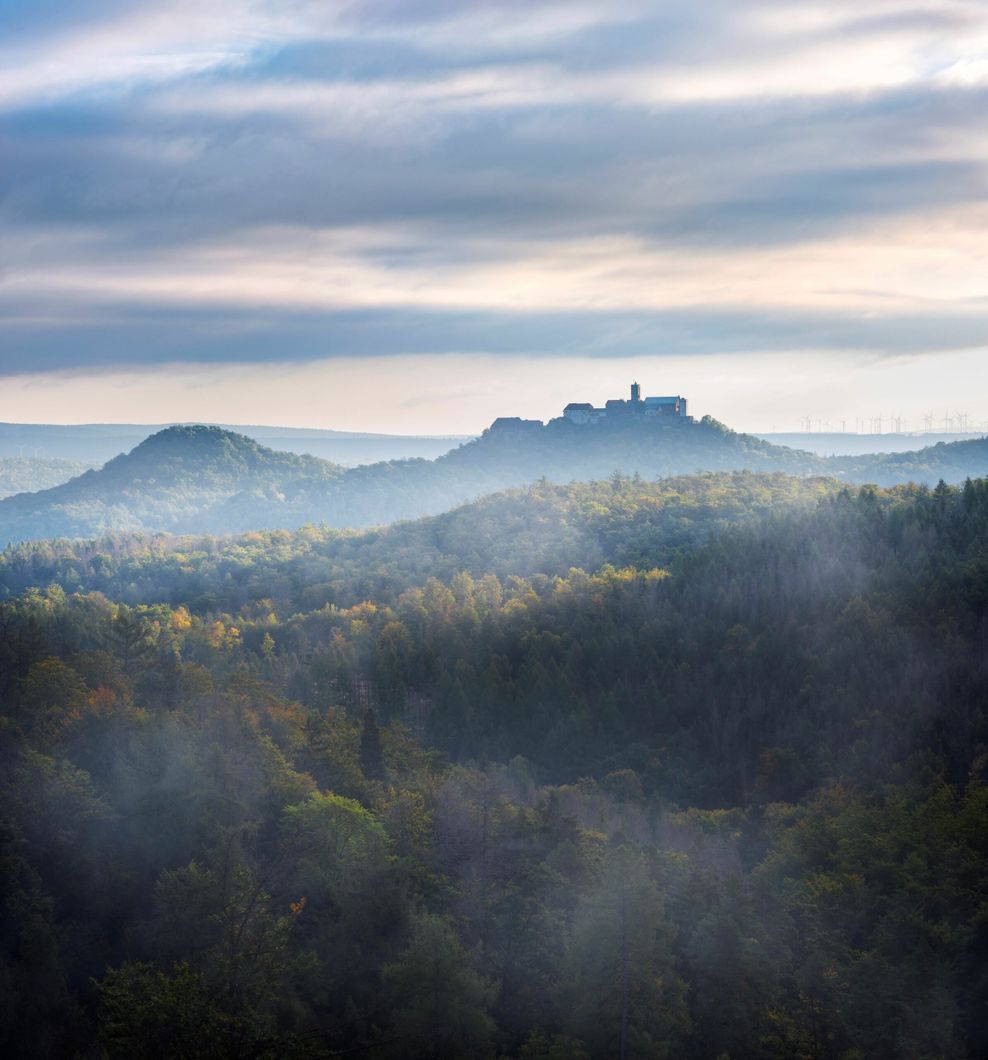Just like the summer temperatures, opposition to the controversial LA Metro 605 Freeway improvement plan could rise at this week’s public hearing in La Puente.
Bringing the heat are two transportation groups, StreetsblogLA and Active San Gabriel Valley, both in strong opposition to the alternatives in the plan that add lanes. They say that adding lanes adds traffic, noise and pollution, due to something called “induced demand,” which means motorists are lured to the extra lane who otherwise would take a different route or go at a different time.
Both groups will be represented at the meeting, which takes place from 6 p.m. to 8 p.m. on Thursday, at San Angelo Park, 245 S. San Angelo Ave. in La Puente.
Under the heading: “Wider Won’t Work,” Active SGV is rallying the opposition through emails and social media. “We can stop freeway expansion and create a healthier, more equitable transportation system for all!,” concluded their message. Active SGV members have already sent 100 emails to LA Metro, said Wes Reutimann, the group’s founder.
In the plan, Metro doesn’t use the word widening, because no new general purpose lanes will be added. But the approximately 15-mile project stretching from the 10 Freeway interchange in Baldwin Park to the 105 Freeway connection in Norwalk includes alternatives that would either add a carpool lane to the existing one, or take the existing carpool lane, turn it into a toll lane, and add a second toll lane.
Metro calls carpool lanes High Occupancy Vehicle (HOV) lanes. These are for two or more occupants and are free. Toll lanes are called ExpressLanes and are free for two or more people. But the big difference is that single occupant vehicles may use these lanes for a price, determined by traffic at the moment. This is known as congestion pricing.
One alternative, called the “no build” option, doesn’t add any lanes. Another alternative does not add a lane but takes the existing carpool lane and converts it into an ExpressLane.
The adding of an ExpressLane or second carpool lane brings up comparisons with the adding of a carpool lane on the 405 Freeway along the congested Sepulveda Pass in 2015, which experts and commuters said did not reduce commute times during peak hours. LA Metro said the extra carpool lane reduced traffic during off-peak hours and on nearby surface streets.
Project Manager Carlos Montez responded at a meeting in July to a question on whether adding either a carpool lane or an ExpressLane to the 605 would be different than the 405 widening. He said that depends on whether people start carpooling more often, or taking the bus instead of driving on the freeway.
If Metro wants to add a carpool lane, it should use an existing general purpose lane, not add another lane, Reutimann said. The idea is similar to when Metro takes a street lane and turns it into a bus-only lane, he said. “Adding any more lanes is inducing more diving, which contributes to more pollution,” he said.
Kevin Winwood, in an email responding to the first article for Southern Califiornia News Group on the project (“605 Freeway plan won’t destroy homes; has wider lanes linked to other freeways; Improvements seek to reduce swerving, collisions, congestion – and add carpool or toll lanes,” Aug. 15), reacted to Metro’s assertion more people would take a bus or another kind of mass transit.
“The option of public transportation in L.A. leaves a lot to be desired,” he wrote. “I grew up in London and public transportation there is completely different to L.A. I have also used trains and buses in Europe and Australia, very safe and easy to use. I tried using the (C) Green Line to get to LAX a few times and did not feel very safe on it.”
Active SGV argues Metro should build more north-south bus rapid transit lanes, instead.
Winwood said carpool lanes are routinely abused by single drivers, since enforcement is lax. “One of the reasons the HOV lanes are so busy is all of the solo drivers in them. I commuted on the 91 Freeway for many years, riding a motorcycle in the HOV lane. I estimated that more than 30% of the drivers are solo without an EV sticker.”
Metro and Caltrans relies on CHP patrols to ticket solo drivers in the HOV lanes. Cameras would snap pictures of abusers of the ExpressLanes, Montez said.
Active SGV has drafted a letter to Metro, saying adding a carpool lane and numerous feeder lanes into other freeways, or widening numerous entries and exits, would attract more vehicle traffic and produce more emissions, at a time when global warming is raising temperatures, causing heat emergencies and fueling extreme wildfires.
The freeway project runs through the cities of Norwalk, Downey, Santa Fe Springs, Pico Rivera, Whittier, South El Monte, El Monte, Industry, Baldwin Park, and unincorporated county areas. The letter says many of these areas already receive the highest burden of air pollution from vehicles on the freeway and this project will add to that burden.
The letter is signed by 11 nonprofit organizations opposed to the alternatives that add carpool or Express Lanes. Some of the groups include: the Natural Resources Defense Council (NRDC), Streets Are For Everyone, Center for Biological Diversity, Sustainable Claremont, The Transit Coalition and Latino Urban Forum.
Metro has said the improvements at the 10, 60, 5 and 105 interchanges are needed, to prevent swerving, bottlenecks and collisions. Also, the plan calls for better onramps and offramps at intersections often jammed with cars and trucks, namely, at Valley Boulevard, Whittier Boulevard and Beverly Boulevard.
The project’s old design from 2020 targeted 380 properties — including about 300 homes, apartments and multi-family units — mostly in Downey and Santa Fe Spring that would have been destroyed to pave the way for freeway widening. That plan has been scrapped for a modified design that works mostly within the 605 Freeway footprint, said Montez.
No residential lands will be taken. But slices of some commercial properties — especially at freeway entrances and exits, may be needed to complete widening, Montez said.
The environmental review process will be re-started upon approval by LA Metro’s board in the fall or winter, when a project alternative may be chosen. Design and construction could take 10 years to complete.
Next meeting (in person)
• When: Thursday, Aug. 29, from 6 p.m. to 8 p.m.
• Where: San Angelo Park, 245 S. San Angelo Ave., La Puente, CA 91746.
Related links
605 Freeway plan won’t destroy homes; has wider lanes linked to other freeways
110, 10 Freeway ExpressLanes are slowing down and officials aren’t sure of the fix
Pay lanes have better results on 10 Freeway, than on 110 Freeway, report says
Long-planned NoHo-to-Pasadena rapid bus line gains momentum, but road blocks await
Metro OKs 18-mile North Hollywood to Pasadena Bus Rapid Transit project











